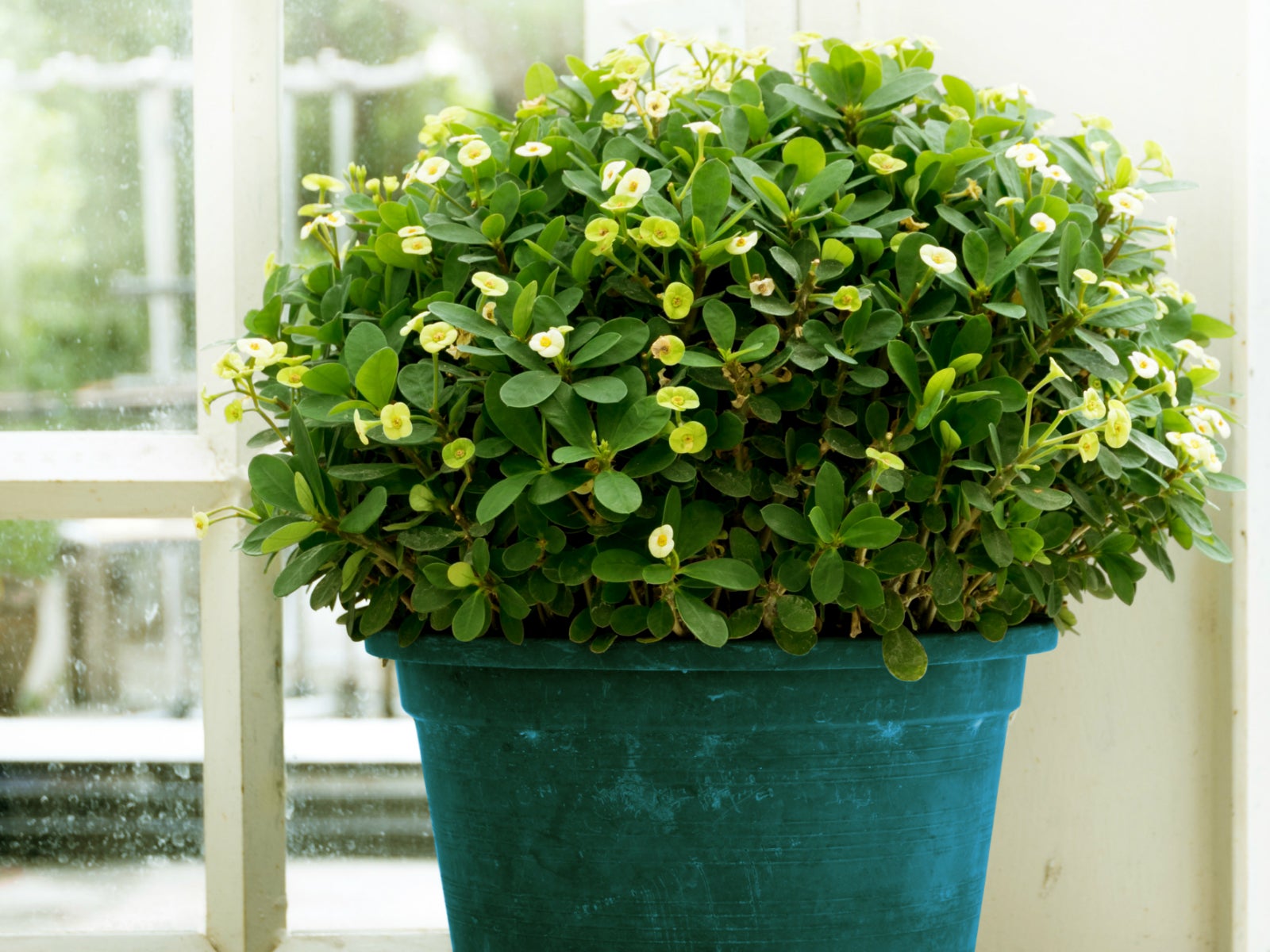Houseplant Topiary Ideas: Tips For Growing Topiaries Inside

Topiaries were first created by the Romans who utilized outdoor shrubs and trees in many formal gardens throughout Europe. Although many topiaries can be grown outside, let’s focus on growing topiaries inside. Keep reading to learn more about these small topiaries.
How to Grow an Indoor Topiary
If you want to try something new in your indoor gardening, a houseplant topiary is very well suited to growing indoors and makes a nice project. Indoor topiary care requires a slightly different approach, but they can add a beautiful touch to your home. There are three types of topiaries that you can grow indoors:
Pruned Topiary
Pruned topiary plants probably take the longest time to make and require the most maintenance. Pruned topiary most commonly take the form of spheres, cones, or spiral shapes. Common plants used for this type of topiary include rosemary and lavender.
You can train young plants in this type of topiary, but it can take a long time. If you have the patience, try it out. Otherwise, you can purchase one already made and just keep up the shape by regular pruning. Plants that develop a woody stem are often great for this type of houseplant topiary because it will support itself.
Hollow Topiary
This type of houseplant topiary uses flexible wire frames, such as wire from coat hangers, or any other flexible, sturdy wire. Many different shapes can be produced such as hearts, spheres, and even different animal shapes.
Simply fill the bottom part of the pot with a mixture of sand and soil (to add stability and weight to the topiary) and fill the rest with soil. The wire form is inserted into the pot, and an appropriate vine can be planted and gently wrapped around the frame. Houseplants like creeping fig (Ficus pumila) and English ivy (Hedera helix) are well suited to this type of houseplant topiary.
You can even use larger leaved houseplants like pothos or heart-leaf philodendron, but these would require larger wire frames. Use twist ties or cotton twine to secure the vines to the frame, if needed. Be sure to pinch the tips of the vines to create more branching and a fuller appearance.
Gardening tips, videos, info and more delivered right to your inbox!
Sign up for the Gardening Know How newsletter today and receive a free copy of our e-book "How to Grow Delicious Tomatoes".
Stuffed Topiary
This type of topiary uses wire frames that are stuffed in sphagnum moss. There is no soil in this type of topiary. Start with any shape of wire frame you’d like, such as a wreath, animal shape, or any creative shape you can think of.
Then, stuff the entire frame with sphagnum moss that you’ve pre-moistened. Wrap the frame with clear fishing line to secure the moss.
Next, use small leaved plants like creeping fig or English ivy. Take them out of their pots and wash all the soil off. Make holes in the moss with your finger and insert the plants into the frame. Add extra moss, if needed, and secure with more clear fishing string or pins.
This type of topiary may dry out pretty quickly. Water by soaking in water for a few minutes, or take it into the shower with you.
Indoor Topiary Care
Be sure to water and fertilize your houseplant topiaries just like your normal houseplants. Trim your topiaries to maintain their shapes and to encourage branching for a fuller look.
-
 My Homemade Orchid Fertilizer Always Brings More Blooms – Here's The Easy Recipe That Transforms Plants
My Homemade Orchid Fertilizer Always Brings More Blooms – Here's The Easy Recipe That Transforms PlantsScientist-turned-gardener Mary Ellen Ellis shares her tried-and-tested DIY orchid fertilizer recipe, plus more ingredients to try for healthy, happy plants.
By Mary Ellen Ellis
-
 Looking For Plants To Give You The Soft And Fuzzies? Try These 5 Fuzzy Leaf Plant Options
Looking For Plants To Give You The Soft And Fuzzies? Try These 5 Fuzzy Leaf Plant OptionsLovers of texture, drama, silver foliage and tactile plants will adore these special sensory garden additions. These fuzzy leaf plant options will leave you all aglow
By Susan Albert
-
 8 Easy Care Houseplants That Live A Long Time
8 Easy Care Houseplants That Live A Long TimeClick here to learn about our 8 favorite low maintenance houseplants that can, with proper care, live a long time.
By Amy Grant
-
 How Often Should You Repot Plants?
How Often Should You Repot Plants?Escaping roots and shrinking leaves may mean your plant wants a new pot, but some like staying cramped and cozy.
By Mary Ellen Ellis
-
 Orange Flowering Houseplant Varieties With Tropical Flair
Orange Flowering Houseplant Varieties With Tropical FlairClick here to learn about some cheerful orange-blooming houseplants you can try growing.
By Mary Ellen Ellis
-
 Variegated Houseplants With Lovely Leaves
Variegated Houseplants With Lovely LeavesWhat are some of the best variegated houseplants to add to your collection? Click here to find out.
By Amy Grant
-
 Lovely, Lacy Indoor Foliage Plants
Lovely, Lacy Indoor Foliage PlantsClick here to learn about some houseplants with lacy foliage to add to your collection.
By Mary Ellen Ellis
-
 Best Christmas Houseplants And Plants For Winter Holidays
Best Christmas Houseplants And Plants For Winter HolidaysClick here for an idea of the best houseplants to use for holiday décor for Christmas, Hanukkah, Kwanzaa, and New Year’s.
By Laura Miller
-
 Best Big Houseplants To Create An Indoor Oasis
Best Big Houseplants To Create An Indoor OasisIf you have the space you may want to grow some large houseplants. Here are some ideas.
By Mary Ellen Ellis
-
 Relaxing Plants To Grow Indoors For A Calmer Mind
Relaxing Plants To Grow Indoors For A Calmer MindAre there houseplants that can help you to relax? Click here to find out.
By Laura Miller